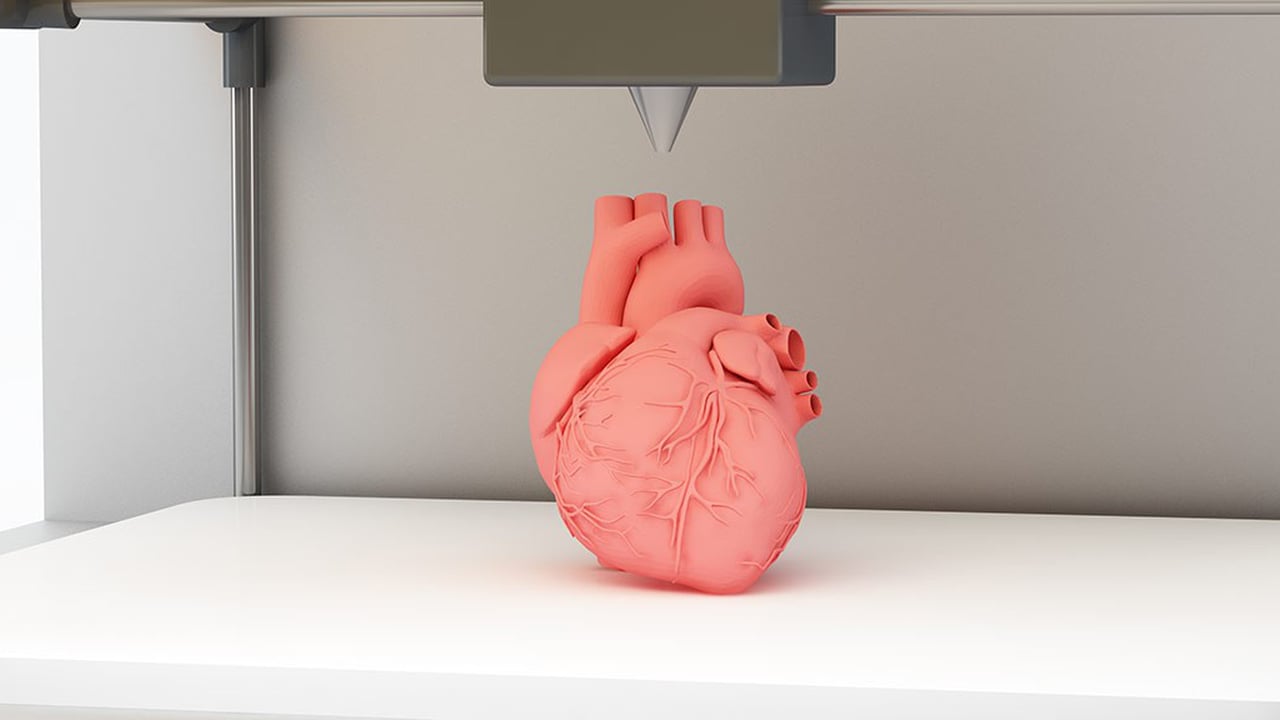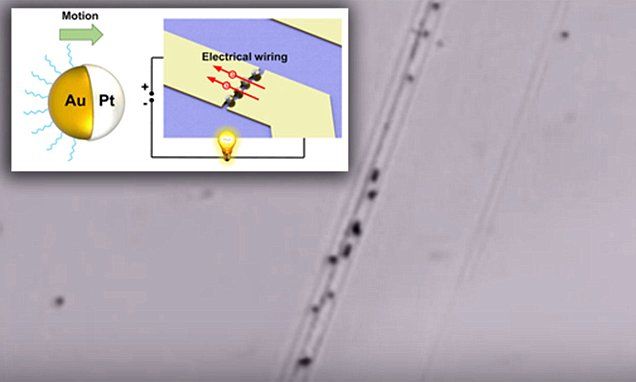Page 11587
Mar 30, 2016
Planet 9 May Hail From Sun’s Stellar Birth Cluster
Posted by Bruce Dorminey in category: space
Planet 9, if indeed it’s out there, may have been stripped from one of our Sun’s stellar siblings, very early in the life of our solar system. The idea is that the Sun’s original birth cluster of at least a 1000 stars was pretty crowded and there was ample opportunity to gravitationally strip a planet from a stellar brother or sister. But guess stars don’t get jealous, eh?
A possible super-earth lying on our solar system’s outer fringes may have been captured from a star in our Sun’s original stellar birth cluster, Alexander James Mustill, an astronomer at Lund University in Sweden, tells me.
Even though Planet 9’s existence still remains up for debate, a growing body of evidence for nearly decade now indicates the presence of a planet some 10 times the mass of Earth that orbits the Sun at a distance of up to 900 astronomical units (or Earth-Sun distances).
Continue reading “Planet 9 May Hail From Sun’s Stellar Birth Cluster” »
Mar 30, 2016
Could the Language Barrier Actually Fall Within the Next 10 Years?
Posted by Shailesh Prasad in category: futurism
Even with improvements in translation technology, there are still significant hurdles.
By David Arbesú
Wouldn’t it be wonderful to travel to a foreign country without having to worry about the nuisance of communicating in a different language?
Continue reading “Could the Language Barrier Actually Fall Within the Next 10 Years?” »
Mar 29, 2016
Could nanobots make your electronics last FOREVER?
Posted by Karen Hurst in categories: bioengineering, nanotechnology, robotics/AI, wearables
Nanoengineers at the University of California San Diego have developed tiny molecular robots (pictured) that could help to extend the life of delicate circuits and wearable technology.
Mar 29, 2016
New plasma printing technique can deposit nanomaterials on flexible, 3D substrates
Posted by Karen Hurst in categories: computing, electronics, nanotechnology, wearables
A new nanomaterial printing method could make it both easier and cheaper to create devices such as wearable chemical and biological sensors, data storage and integrated circuits — even on flexible surfaces such as paper or cloth. The secret? Plamsa.
Mar 29, 2016
WIRB-Copernicus Group Establishes WCG Gene Therapy Advisory Board
Posted by Karen Hurst in categories: bioengineering, biotech/medical, genetics, health
1st of many steps in the gene editing oversight.
PRINCETON, N.J., March 29, 2016 /PRNewswire/ — WIRB-Copernicus Group® (WCG™), one of the world’s leading providers of solutions that measurably improve the quality and efficiency of clinical research, today announced that it has assembled a team of world-renowned experts to advise the company regarding the latest advances in gene therapy research. The WCG Gene Therapy™ Advisory Board will convene today in Princeton, NJ.
“Human gene therapy is one of the fastest-growing areas of medical research, and also one of the most promising,” said WCG Chairman and Chief Executive Officer Donald A. Deieso, Ph.D. “The advances made by scientists and clinicians in the field of gene therapy have enabled us to target disease at the genetic level, redefining the concept of precision medicine.” He added, “More than that, gene transfer researchers have succeeded – over the course of a single lifetime – in transforming the world’s most persistent and lethal viruses into disease-fighting allies in the quest to improve human health.”
Continue reading “WIRB-Copernicus Group Establishes WCG Gene Therapy Advisory Board” »
Mar 29, 2016
ISIS Using Drones to Film Suicide Videos
Posted by Karen Hurst in categories: drones, entertainment
Mar 29, 2016
Researchers Found a Way to Shrink a Supercomputer to the Size of a Laptop
Posted by Shailesh Prasad in categories: energy, nanotechnology, supercomputing
Scientists at the University of Lund in Sweden have found a way to use “biological motors” for parallel computing. The findings could mean vastly more powerful and energy efficient computers in a decade’s time.
Nanotechnologists at Lund University in Sweden have discovered a way to miniaturize the processing power that is found today only in the largest and most unwieldy of supercomputers. Their findings, which were published in the Proceedings of the National Academy of Sciences, point the way to a future when our laptops and other personal, handheld computing devices pack the computational heft of a Cray Titan or IBM Blue Gene/Q.
But the solution may be a little surprising.
Continue reading “Researchers Found a Way to Shrink a Supercomputer to the Size of a Laptop” »
Mar 29, 2016
This Wonderful Short About a Robot War Deserves to Be a Full-Length Film
Posted by Sean Brazell in categories: entertainment, robotics/AI
Back in 2014, we told you about Rise, a film about a robot insurgency that was the subject of a Kickstarter campaign. The result of the $38,000 raised is this proof of concept video, which definitely looks good enough to deserve a full feature.
Rise comes from director David Karlak and writers Marcus Dunstan and Patrick Melton (Feast). It’s one of those classic robot revolution stories. Of course, in this case you find yourself in the awkward position of rooting for the failure of humans, but that’s sometimes how these things shake out. Plus, it’s always easier to side with Anton Yelchin than Rufus Sewell.
This is clearly a pitch for some studio to give them money to make a full thing, and it’s one of the most successful of that genre I’ve ever seen. There’s clearly a story in mind and Karlak’s vision looks great in these five minutes.
Continue reading “This Wonderful Short About a Robot War Deserves to Be a Full-Length Film” »
Mar 29, 2016
Scientists just found more evidence that Planet Nine exists in our Solar System
Posted by Shailesh Prasad in category: space
Back in January, the astronomer who led the charge to have Pluto demoted to dwarf planet status announced that he’d just found evidence that a huge, icy planet could be lurking on the edge of the Solar System, just past Neptune.
Mike Brown, a planetary astronomer at Caltech University, estimated that the hypothetical ‘Planet Nine’ appears to be circling the Sun on a super-elongated orbit that takes an incredible 10,000 to 20,000 years to complete. And now, thanks to a newly detected Kuiper Belt Object (KBO) that’s acting really strange, Brown says the case for Planet Nine just got a whole lot stronger.
“Hey Planet Nine fans, a new eccentric KBO was discovered. And it is exactly where Planet Nine says it should be,” Brown tweeted over the weekend.
Continue reading “Scientists just found more evidence that Planet Nine exists in our Solar System” »


















